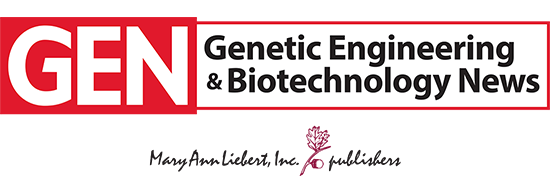NanoMosaic published a scientific white paper detailing a study conducted with Bristol Myers Squibb (BMS) that explores the potential of nanoneedle technology as a tool for advancing the understanding of adeno-associated virus (AAV) manufacturing processes and product quality.
During AAV production, natural variations in the viral genome lead to the formation of subpopulations within a single batch. These variations can negatively impact the efficiency of the vector, potentially compromising therapeutic efficacy or causing unintended side effects due to suboptimal AAV subpopulations.
![The NanoMosaic system is comprised of two parts: the instrument, Tessie, and the Nanoplate consumables. Tessie is a fully automated plate reader that accepts the Nanoplates, performs the image acquisition, and uploads the data to a cloud-based image processing platform, according to the company. [Nanomosaic]](https://www.genengnews.com/wp-content/uploads/2025/02/Tessie_PR-300x222.jpg)
“The nanoneedle technology offers a unique capability to simultaneously quantify titers of true, full viral genomes as well as a range of partial species, making it an invaluable tool for the next generation of process optimization,” said Daniel Hurwit, senior principal scientist, BMS. “By accurately and quantitatively distinguishing between sub-species of particles and providing a true readout of full-length genomes, the technology enables an improved approach to understanding manufacturing performance and product quality.”
The study demonstrated that the nanoneedle technology can effectively quantify AAV subpopulations, offering critical insights into the production of full-length vectors, according to Hurwit. It also identified pools of partial genomes that may persist in AAV feed streams, addressing major limitations in traditional methods, such as ITR-based tittering, which can misrepresent viral genome content, he continued. “With just 2 L of sample, this scalable, high-throughput assay can be applied to a wide range of matrices, from crude lysates to purified vectors, enabling more precise monitoring and optimization throughout the AAV manufacturing process,” added Qimin Quan, PhD, co-founder and CSO, NanoMosaic.



